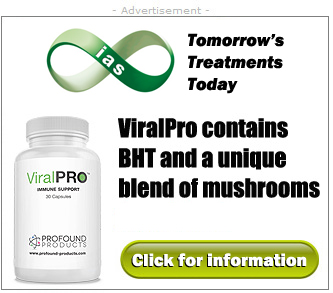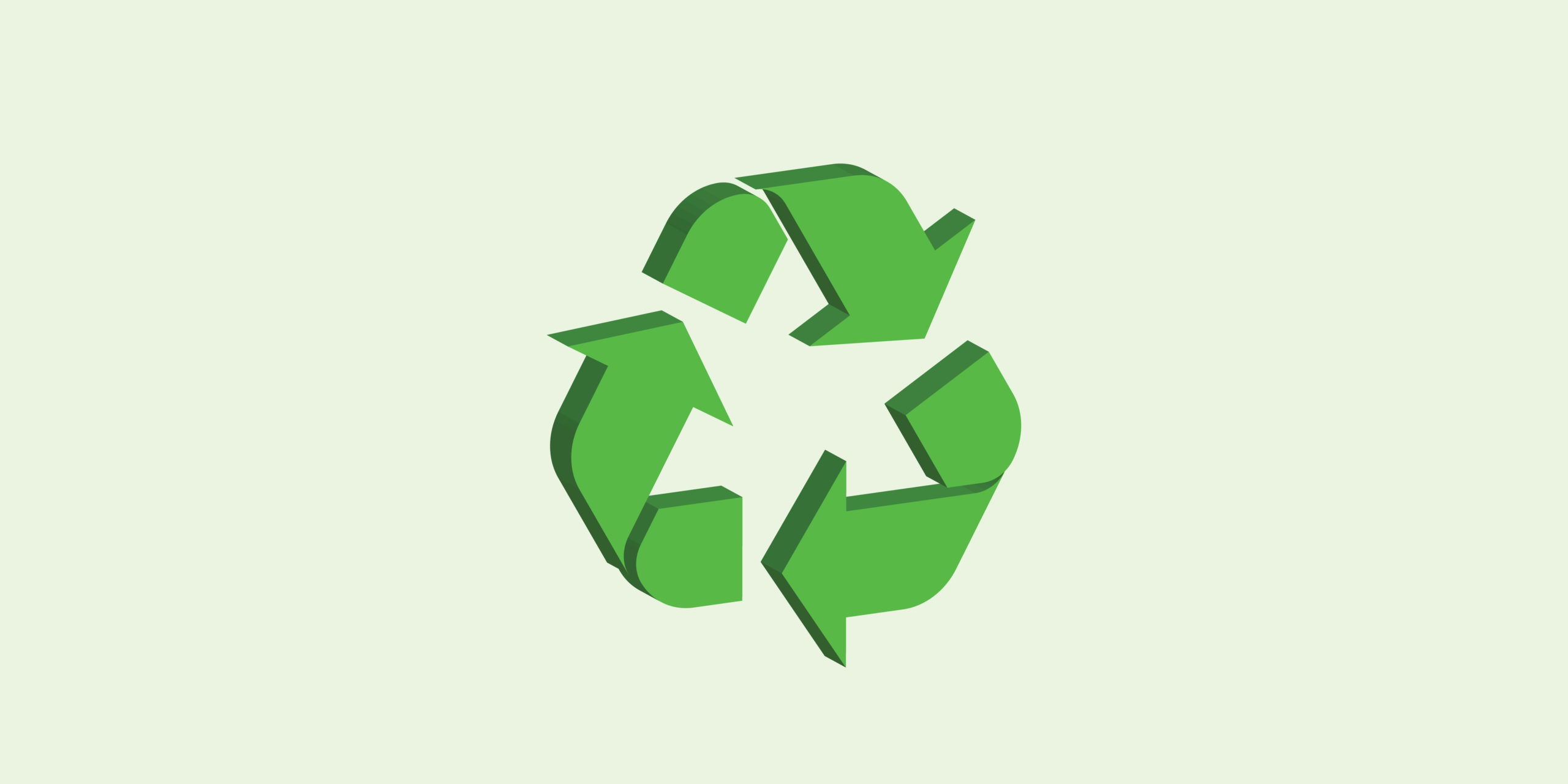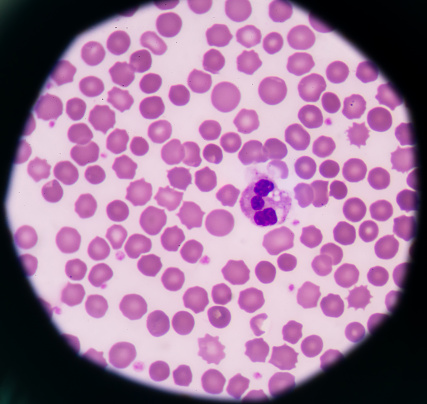
Without a cure on the horizon, are Herpes sufferers missing out on BHT (butylated hydroxytoluene)?
July 25th, 2017According to the World Health Organisation (Jan 2017); an estimated 3.7 billion people under the age of 50 (60%) worldwide have the HSV-1 infection (Herpes Simplex Virus type 1). HSV-1 is mainly transmitted through oral-to-oral contact resulting in oral herpes, which includes symptoms more commonly known as ‘cold sores,’ but is also known to cause genital herpes. The HSV-2 (Herpes Simplex Virus type-2) is a sexually transmitted infection that causes genital herpes, which WHO estimates that 417 million people aged 15-49 (11%) are infected with HSV-2.
HSV-1 (oral herpes) and HSV-2 infections are highly contagious and generally asymptomatic, with many sufferers unaware they have been infected with the virus. When symptoms are present they include painful blisters or ulcers/sores around the mouth commonly referred to as ‘cold sores.’
Genital herpes that is caused by HSV-1 generally occurs infrequently, can have mild symptoms that go unrecognised. When symptoms do present themselves, they can be characterised by one or more blisters or ulcers on the genitals or anus.
HSV-1 can be transmitted from oral to oral, oral to skin and oral to genitals, via contact with saliva and skin surfaces inside and around the mouth even without symptoms being present, in addition to being transmitted via the sores or ulcers.
The HSV-2 infection is transmitted via sexual contact with an infected partner resulting in genital herpes, even without any symptoms being present.
The frequency of symptom outbreaks after initially being infected for both HSV-1 and HSV-2 varies greatly from person to person and more often than not, lead to social stigmas, psychological distress, quality of life and sexual relationships.
With no known cure, and a substantial amount of treatments to suppress and mask outbreaks rather than eradicate, much to the frustration of sufferers. A natural supplement called BHT (butylated hydroxytoluene) has been known in the industry for years but doesn’t get the recognition or attention that maybe it deserves.
BHT (butylated hydroxytoluene) is a common, inexpensive compound that is approved by the FDA as a food additive, yet although doctors have the authority to prescribe BHT, it is possible they may face disputes from peers and malpractice insurance issues for prescribing an unapproved treatment for herpes. The large pharmaceutical companies don’t appear to be interested in investing money into researching and certifying its value as a herpes medicine, which could possibly be due to BHT (butylated hydroxytoluene) being a natural supplement – therefore un-patentable – and inexpensive.
A paper published in the journal of science over 25 years ago, presents research that BHT (butylated hydroxytoluene) could inactivate herpes simplex (HSV-1 and HSV-2) and other lipid coated viruses in lab dishes(1). Herpes has a lipid envelope, meaning the virus has a nuclear acid core and is coated with a fatty membrane. A virus of this type needs an intact lipid membrane in order to pierce through cell walls and infect other living cells.
BHT (butylated hydroxytoluene) works against the virus by disrupting the lipid membranes, in turn making them vulnerable to the immune system and damaging their ability to penetrate human cells. BHT (butylated hydroxytoluene) also eliminates the binding proteins that the virus uses to pierce through cell membranes. Acting as an antioxidant, BHT (butylated hydroxytoluene) neutralizes free radicals that damage cell membranes and cause inflammation.
Due to these early scientific findings, some individuals suffering with the herpes virus began an experimental trial taking BHT (butylated hydroxytoluene). Dosage was between 250mg to 3000mg per day with the results presenting a reduction in herpes outbreaks. Some participants virus outbursts remained suppressed for as long as they sustained the daily dose, whilst a number of participants were able to ultimately cease the dosage without a single recurrence.
There is no way of knowing the exact number of patients who have treated their herpes using BHT (butylated hydroxytoluene), the estimates range it is just a fraction of the number of sufferers, ranging from only tens of thousands to hundreds of thousands, meaning there are potentially hundreds of millions of sufferers missing out on this affordable and potentially highly effective treatment.
For more information on BHT (butylated hydroxytoluene), it is discussed at great length within Steve Fowkes book, ‘a practical guide to resolving viral disease’.
BHT (butylated hydroxytoluene) is available in products to buy online from approved International Antiaging Systems stockists CLICK HERE

Further Reading
(1). Snipes W, Person S, Keith A, Cupp J. Butylated hydroxytoluene inactivates lipid-containing viruses. Science. 1975;188(4183):64-6.
(2). Fowkes, SW ‘The BHT book, a practical guide to resolving viral disease’ 2008
(3). Mann JA, Fowkes SW. Wipe Out Herpes with BHT. Manhattan Beach, Calif: MegaHealth Society; 1983.








